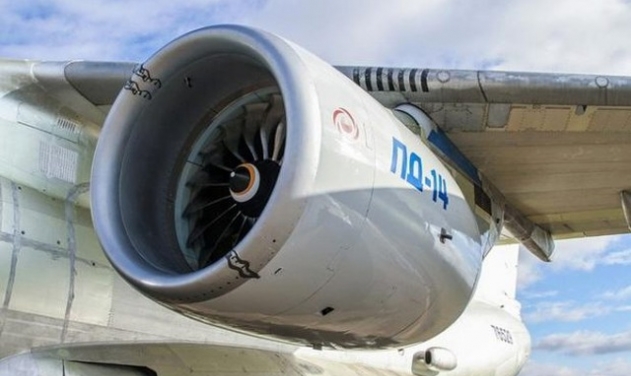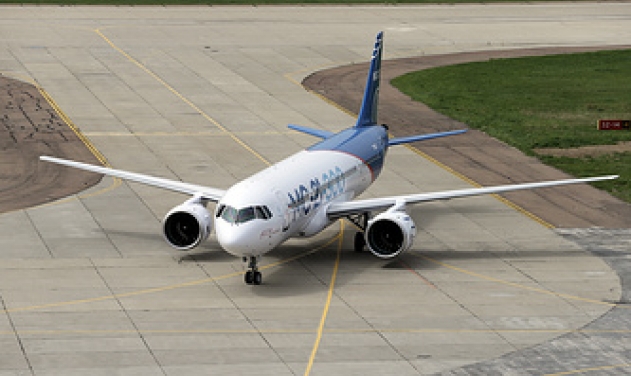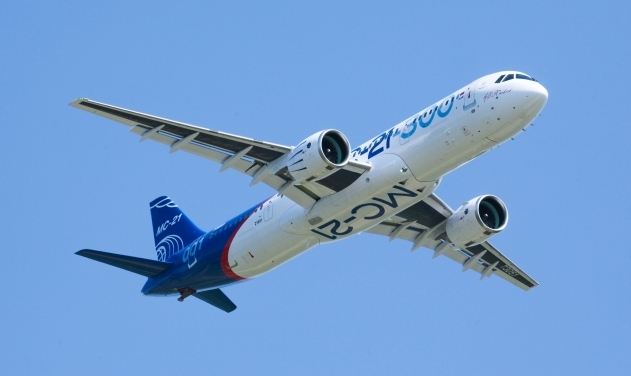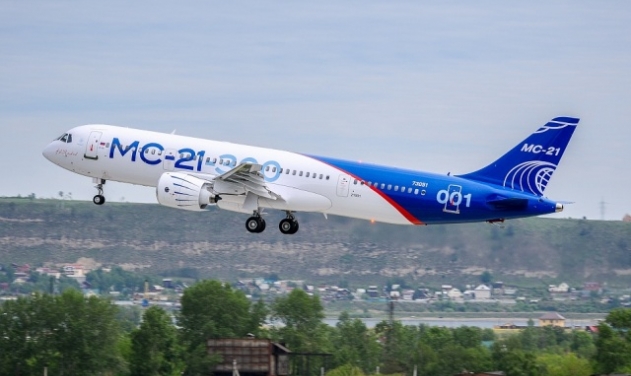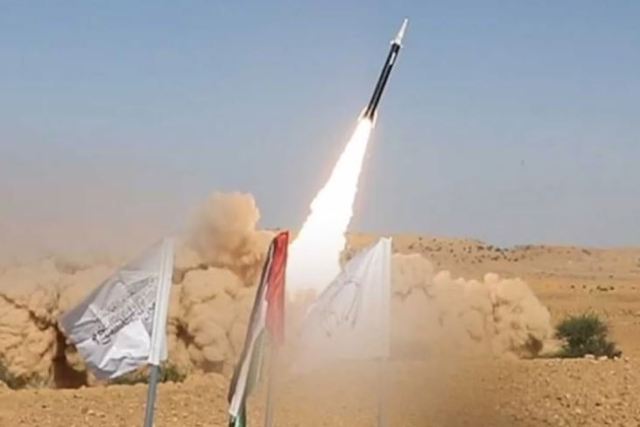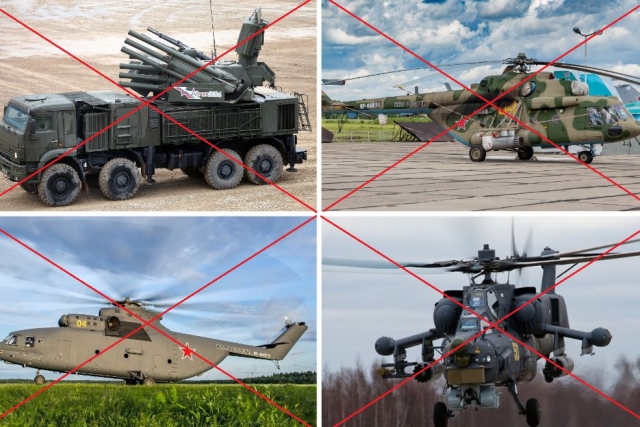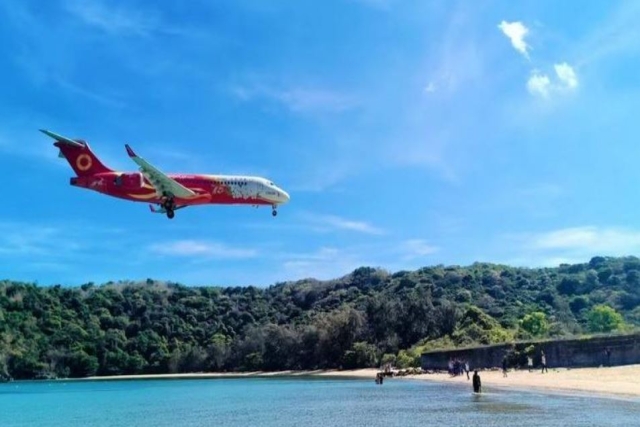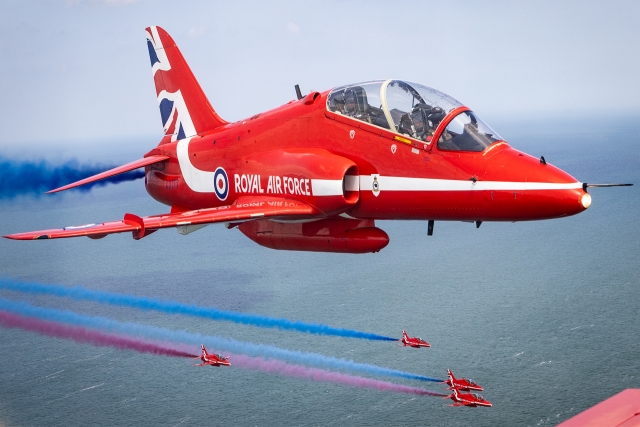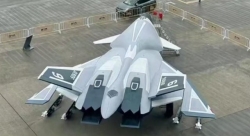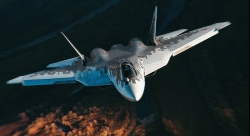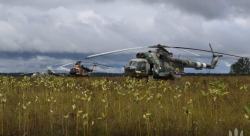Sanctions-hit Russian firm, AeroKomposzite Develops Composite Wings for MC-21 Airliner
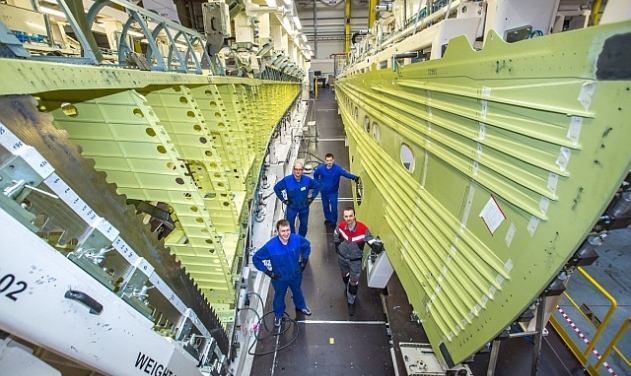
Russian MC-21 airliner program which had been delayed due to American sanctions on acquiring composite technology has moved back on track with a Russia-based AeroKompozite announcing the development of wings and other structures made from composites.
The announcement was made by United Aircraft Corporation (UAC) which is the lead agency for developing the passenger plane on its Twitter account Monday.
In January this year deliveries of materials for MC-21’s composite wings from the United States and Japan were halted due to United States sanctions against AeroKompozite, a part of Russian aerospace holding company, Rostec.
One of the key features of the MC-21 in its bid to make a light-weight aircraft is the extensive use of composites. Since UAC and its local partners lacked the technical skills to make all-composite wings on their own, it has sought the technology from US’s Hexcel and Japan’s Toray from supplying composite materials.
After receiving six sets of composite wings, Hexcel and Toray stopped supply in September 2018 when the US imposed sanctions against Russian producers Aerocomposite and ONPP Tekhnologiya. In fact current prototypes are flying with foreign-sourced composite wings and UAC had previously obtained composite wings to last the production of six aircraft.
The serial production of the MC-21, planned for 2019 would be pushed back to late 2021 because a Russian-made composite wing needed to be manufactured, Russia’s vice-premier Yury Borisov had told TASS earlier this year. To overcome sanctions pressure, UAC will also replace US-made P&W engines for Russian-manufactured PD-14 engines.
The MC-21 program has started out with the objective of developing a single-aisle commercial jet-powered aircraft which can carry more passengers that to at a lower fuel-burn rate than its closest competitors such as the Boeing 737 and Airbus A320.
